Demand Definition EconomicsDemand is a consumer's capacity to purchase products and services off the market. This phrase is used to refer to a variety of company components and aspects of economics. They include product costs, consumer preferences, product availability, competition, manufacturing, and sales. 
It displays customers' desire to spend a specified amount on a particular item or service. Without customer demand for a product, there would be no supply, and firms would collapse. As a result, demand is essential to the ongoing success of businesses. Important Points
Demand Explained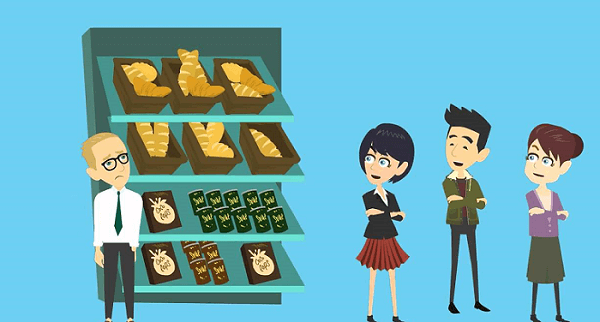
Demand is the consumer's intention and availability to purchase a good at a specific price. For example, if the cost rises, the buyer may hesitate, and their propensity to purchase declines. It is further divided into two categories: market demand, which relates to a specific product, and aggregate demand, which describes the desire for all products and services on the market. Consumers who are prepared to buy something at a certain price indicate a strong demand for that good or service. English economist Charles Davenant first expressed the renowned law of demand in "Probable Ways of Making Individuals Gainers in the Balance of Trade" in 1699. According to the law, demand, and price for a good or service are inversely related. According to this law, buyers are more interested in purchasing when the price is low and vice versa. Many other factors nevertheless influence the requirement for a product. The concept of demand further explains how crucial it is to manufacturing and company operations. A product or service's success or failure depends on how much people demand it. Businesses can make critical product manufacturing, supply, and distribution decisions by predicting client affinities. Sometimes it can even be necessary to stop production. The demand curve, when visualized graphically, demonstrates the connection between a product's price and quantity. Apart from commodity price, many other factors also have an impact on the curve, including changes in consumer income, the increase or decrease of substitute product prices, a shift in customer preference for competitors' products, the expansion or contraction of the product supply, and changes in consumer expectations. Certain products violate the fundamental rules that control open markets. Despite this, buyers continue to purchase these goods. One such product is Apple's iPhone, whose brand awareness, fan base, and goodwill are so strong that customers continue to buy it despite its high cost each year. Elasticity is the term used by economists to describe their analysis of how the price of product B affects how much of product A is purchased. Demand-Related Factors
There are five main determinants. 1. Price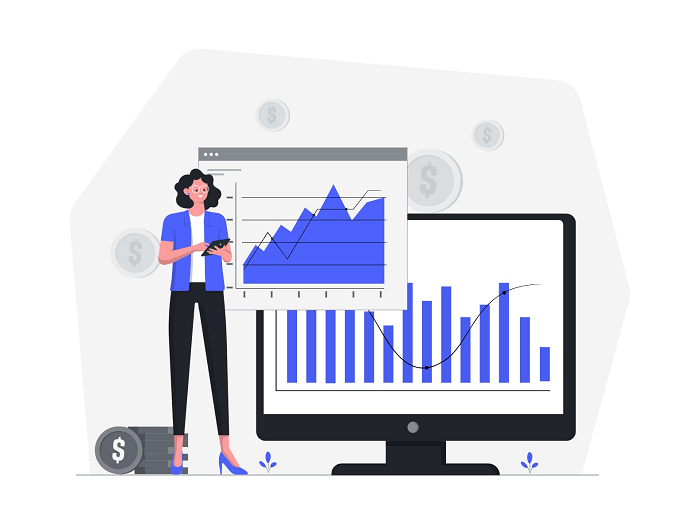
The cost of the goods is typically the first factor influencing a consumer's decision to buy when making a purchase. Price increases cause customers' demands and want for a product to drop. 2. Preference
Consumer choice has a significant impact on product sales. Regardless of features or quality, a buyer will only pay for a product if interested. 3. Income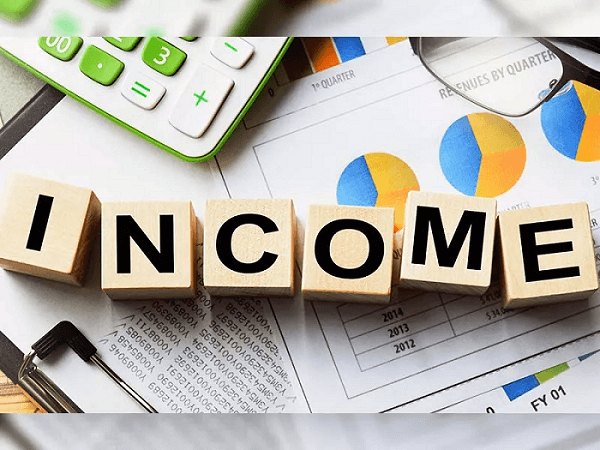
A customer must be able to make money or have the income to be willing to pay. Hence, a buyer with a limited payment will be drawn to something other than an expensive good. Low income is defined as a factor that lowers the desire of customers to buy a particular category of products. 4. Substitutes
When two items are identical and similarly beneficial, people will compare them and choose the less expensive one. Customer behavior is fundamentally affected by this issue. 5. Expectations
Customers anticipate that each product will meet their needs or solve a problem. They would only purchase the goods again if expectations were fulfilled the first time. It will significantly impact consumers' willingness to buy specific goods in the long term. Customer retention is essential as a result. 6. Demand Types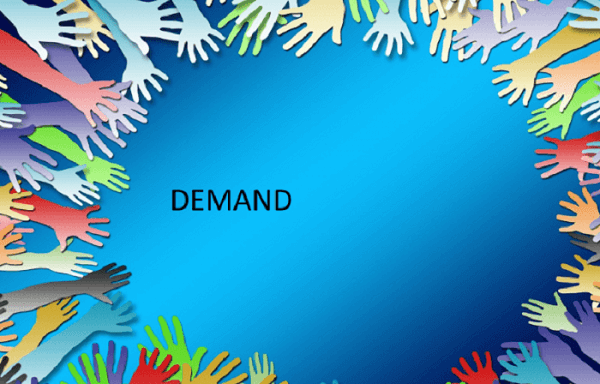
It is a fundamental economic idea further broken down into seven categories. 7. Demand and Pricing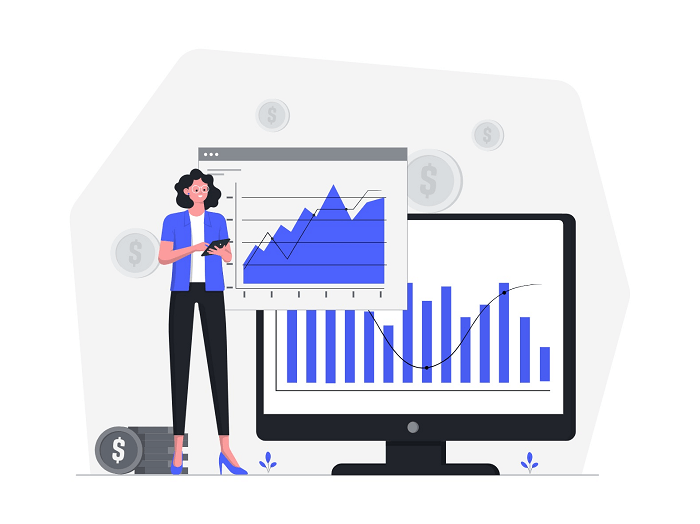
A product cannot be offered for sale at an inflated price. Customers will only be interested in the goods at a certain price point. Since buyers think the product is pricey, they start exploring alternatives. 8. Income and Demand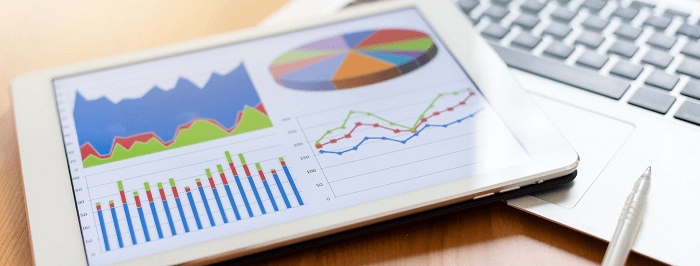
The capacity of customers to purchase a product directly relates to changes in their income. As a result, people spend more when they have more money, and vice versa. 9. Demand Composite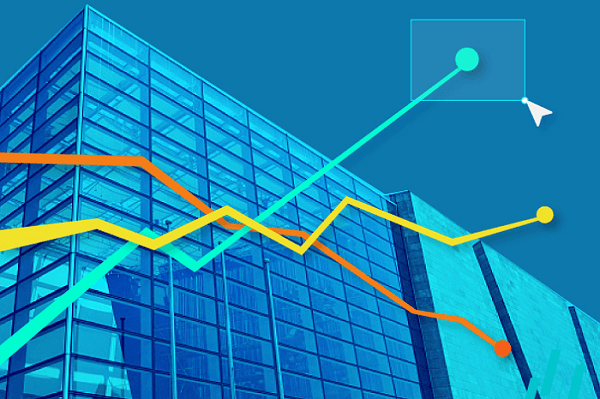
It is connected to the kinds of goods that are multipurpose. For example, milk is the starting point for several goods, including cheese, cream, butter, cottage cheese, etc. Hence, any difference in the demand for these goods impacts the supply, which might eventually result in a shortage. 10. Joint Demand
When two products are sold together as a set, the sale of one affects the sale of the other. The two goods are connected. Examples include breakfast cereal, milk, bread and butter, shoes, socks, etc. These goods are still helpful, despite what others may think. The idea draws attention to similar sales trends for particular brands. 11. Direct Demand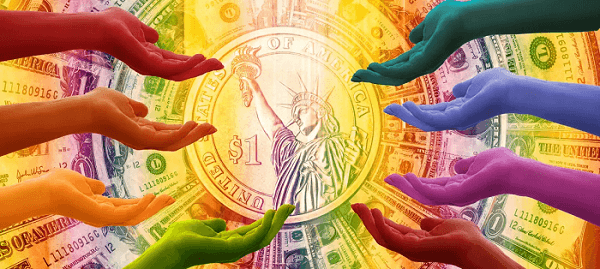
It has to do with using products on your own. Usually, this applies to finished products. Because using them creates a desire for other connected items, they are also known as derived-demand products. For example, if using a mobile device is a must right now, this will, in turn, cause a requirement for an internet service provider, sim card manufacturer, etc. 12. Demand in the Short- and Long-Run
Both are predicated on how customers behave and respond to pricing changes. In the long term, almost all customers agree to the increased price. For example, the corporation would experience losses if product prices drop while manufacturing costs remain high. But, with time, companies look for fresh approaches to reduce manufacturing costs. ConclusionDemand is the ability of people to purchase products and services, which is essential for businesses. It is divided into market demand and aggregate demand and is inversely related to price. Companies can make critical product manufacturing, supply, and distribution decisions by predicting client affinities. Demand is driven by changes in income, composite demand, joint demand, direct demand, and pricing changes. Questions and Answers (FAQs)Question 1: What is the demand law? Answers: According to the law, a product's demand and price are inversely related, and as a result, they fluctuate according to market conditions. Hence, if a product is expensive, people will be less interested in purchasing it, and vice versa. Question 2: How elastic is the demand? Answers: Certain goods and services do not follow the regulations that govern open marketplaces. They are flexible according to the needs of the product. Elasticity gauges how product sales fluctuate in response to price changes. The product displays complete demand elasticity when the formula yields a result larger than 1. Even when the price of an elastic product increases, consumers continue to buy it. Question 3: How does the demand curve look? Answers: The link between product price and quantity is explained by the curve. On a graph, the slope is often downward when the amount is on the y-axis, and the price is on the x-axis. Price is the independent variable in this relationship, while the product is the dependent variable.
Next TopicEquation Definition
|
 For Videos Join Our Youtube Channel: Join Now
For Videos Join Our Youtube Channel: Join Now
Feedback
- Send your Feedback to [email protected]
Help Others, Please Share










